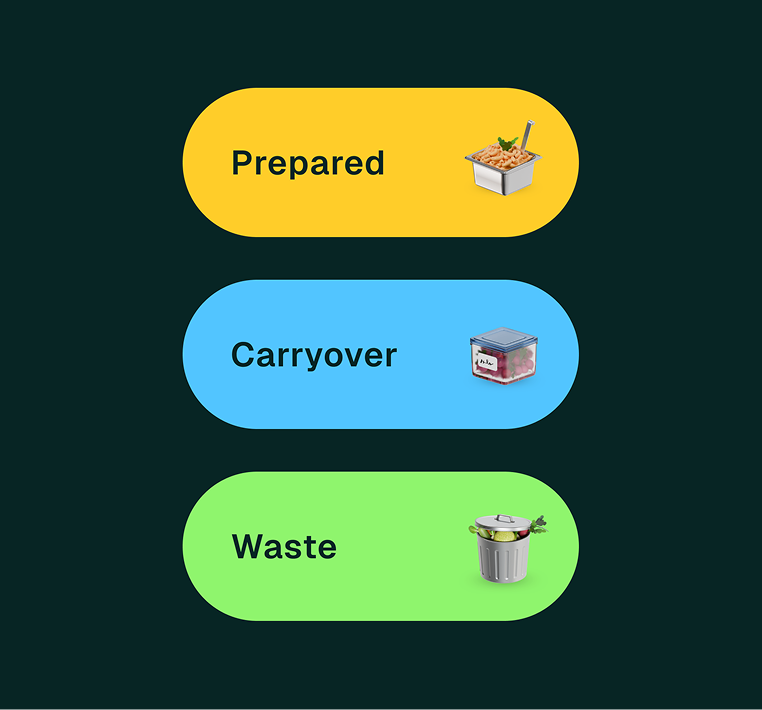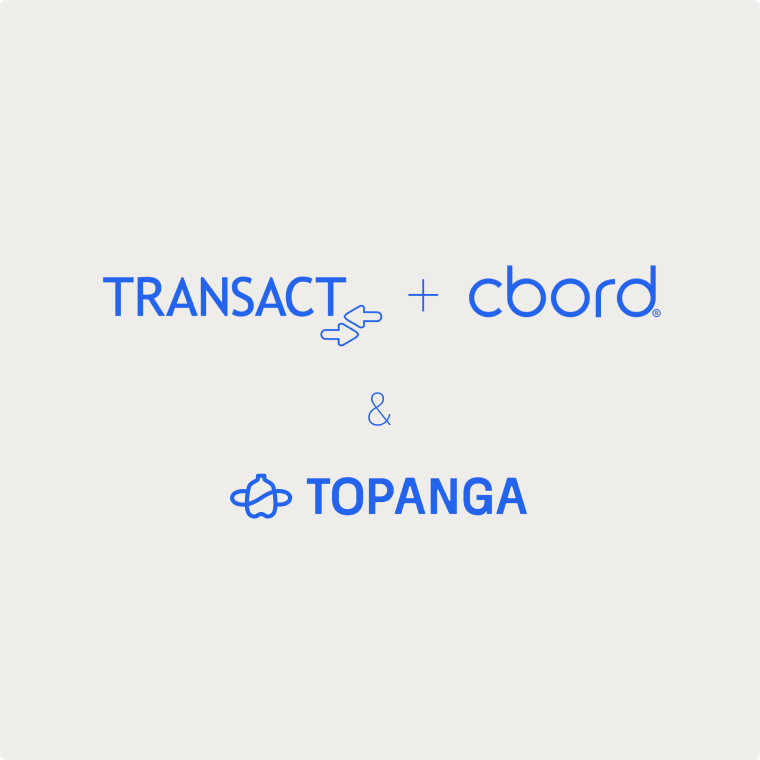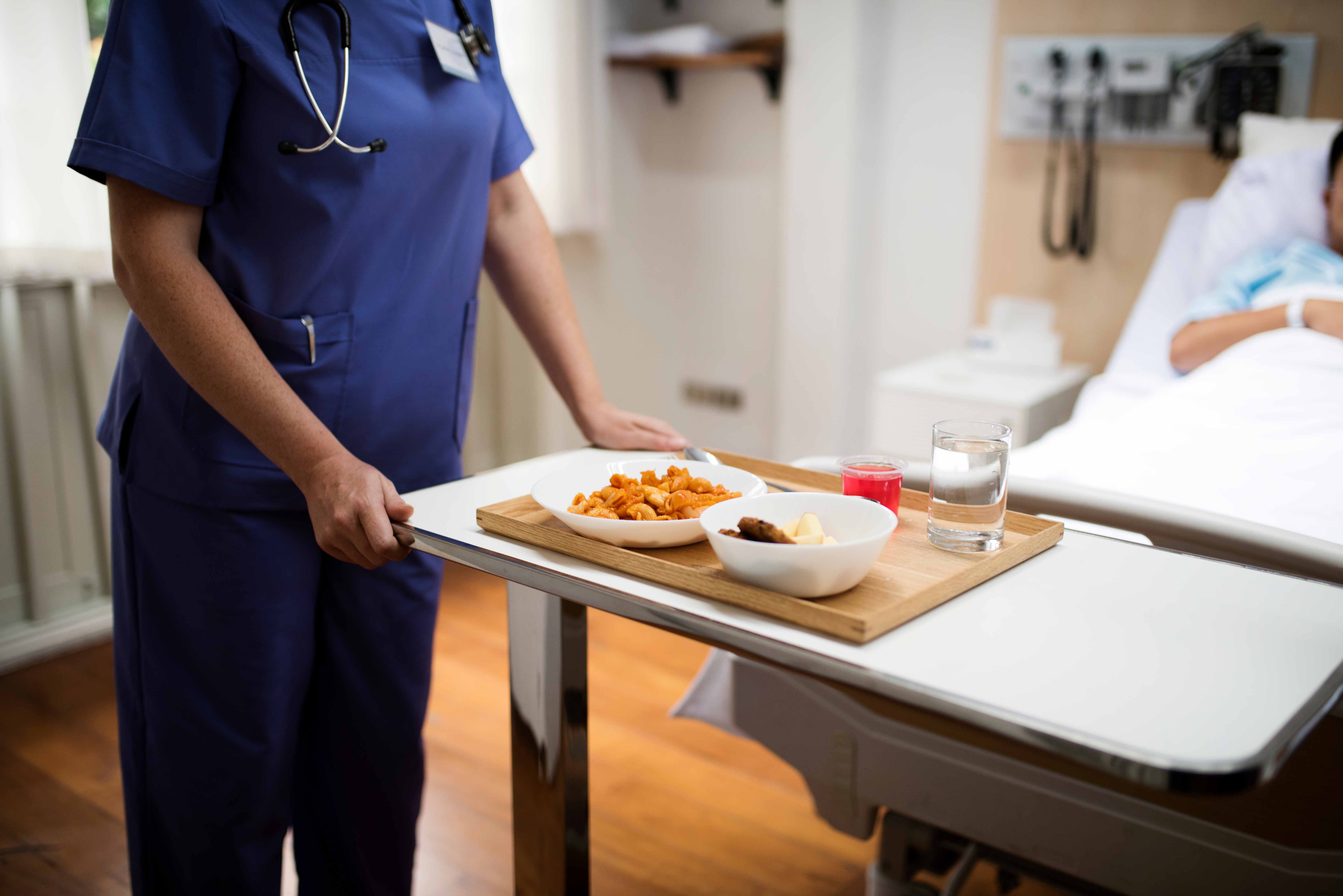
Beyond Waste: Know What’s Prepared and Carried Over
Only tracking food waste assumes foodservice kitchens are predictable. We know they're not—so we've expanded our StreamLine smart scale's tracking capabilities to now record prepared and carryover food.

Foodservice teams can now record prepared and carryover volumes using our StreamLine prep-to-post-service data capture system.
You asked, and we acted. This expanded tracking is now a core StreamLine capability based on in-depth discussions with kitchens across the country about the limitations of only recording waste.
Finally, your team can operate based on how much food is actually consumed (not accounting for diner plate waste) with accurate data across every stage of production: prepared before and during service, then what's wasted or left over.
Capturing Prepared: Plan Changes
As the saying goes, “the best laid plans….often go awry.”
Planned volumes frequently differ from what actually gets prepared (fired and sent to the service line). This isn’t automatically bad news—but menu plans utilizing historical expectations, not reality, is where problems arise.
Discrepancies stem from any number of reasons, such as….
- Forecast Inaccuracy: The chef / exec sous chef’s planned estimate was misaligned with dish popularity; they thought 200 burgers were needed, but burgers ran low mid-service so cooks had to fire 50 more.
- Batch Cooking: Instead of firing the planned 240 sausages, a line cook may only fire 120 to start and then prepare additional batches if and when the need arises, allowing them to respond to actual demand.
- Staff Precision: Some cooks follow production plans to a T, whereas others see them as general guidance—especially with complex proteins like pork loin, compared to something easily measurable (eg. rice).
If chefs don’t have a way to see exactly how much food was actually fired, not just how much they thought would would be needed, they’re blocked from understanding what was consumed. This creates issues across menu planning, purchasing, and inventory management.
💡Actual consumption data is key for building forecasts and production plans that don’t waste food or team time.
Capturing Carryover: A Second Life
To understand consumption, you have to also know how much of a menu item is left after service but can be repurposed.
Let’s say 30lbs of peppercorn steak were planned, 28lbs were fired—but three of those pounds were were burnt and thrown away—and two pounds were left at the end of dinner, which brings us to 23lbs consumed. The two pounds of leftover steak get blast chilled for tomorrow’s salad bar.
If you don’t record carryover (leftovers), you can’t fully understand overproduction, and risk falsely inflating meal costs if ex) the cost of said peppercorn steak is added to both the initial service and then the salad bar. What if your menus automatically adjusted based on each meal period’s carryover?
Capturing data across every stage of production provides a regular pulse check: is what we expected actually happening? Why not? How can we do better next time?
Existing Approaches Don't Deliver
StreamLine, our prep-to-post-service data capture system, offers a fast, fluid workflow: accurate service results in record time. Many kitchens are still trying to get a handle on consumption with methods that don’t actually reflect the realities of the line.
First, the analog approach: production worksheets. Team members may fill them out, but those numbers aren’t accurate.
Cooks don’t have time to spare during their shifts. Completing worksheets is a distraction from actual food prep and firing, so they rush to jot down eyeballed quantities or nonsense numbers to meet reporting requirement and just move on. Chefs then spend hours reviewing entries and entering (bad) data back into their menu management system.
And that bad data? That feeds another shift where line cooks spend three hours making 15lbs of pork loin, when only half of that was needed.
Second, digitized but outdated: legacy tracking systems. They’re slow to evolve, don’t meet modern needs, and limit insights to just waste.
Waste-only tracking assumes kitchens are predictable. They're not. And since these outdated systems aren’t intuitive, strained teams take the path of least resistance: not using them. Without consistent use, the data that does come through only shows a small piece of the bigger picture.
💡 Forecasts are only as good as the data powering them, so inconsistent trash tracking won’t cut it—garbage data in means garbage out, in more ways than one.
StreamLine Replaces Confusion with Clarity
Think of StreamLine like your kitchen decision engine: a smart system powering more confident calls based on data you know you can trust.
The process to record information is 10X faster (with 155% higher compliance) than legacy tracking systems and fully connected to your menu management system, so your entire kitchen moves in sync.

- Operator Captures: A team member places a tray of food—prepared, carryover, or waste—on the StreamLine countertop smart scale and in one tap, captures weight and a timestamped visual.
- AI Analyzes: By integrating directly with your menu management system, StreamLine's AI identifies the menu item (and pan used), revealing the true cost of waste.
- Data Flows: For improved planning, StreamLine data is automatically added back to the menu management system.
- Chefs Act: With StreamLine’s clear production guidance and line-level results, chefs adjust their approach for the next menu cycle to minimize wasted resources.
Learn More and Get Started
To see this fast, fluid workflow in action and learn about the optimal kitchen configuration to support expanded tracking, watch the recording of our Sept 16th webinar.
Existing StreamLine users who are ready to get started should reach out to their CSM for more information.
See StreamLine in Action: Live Webinar September 16th
Discover how prepared and carryover tracking unlocks better forecasts, less waste, and more profit.
Join Hayley Bance, Topanga’s VP of Experience & Design as we demo StreamLine’s expanded workflows and show you how to capture every stage of production for smarter planning.

.svg)


